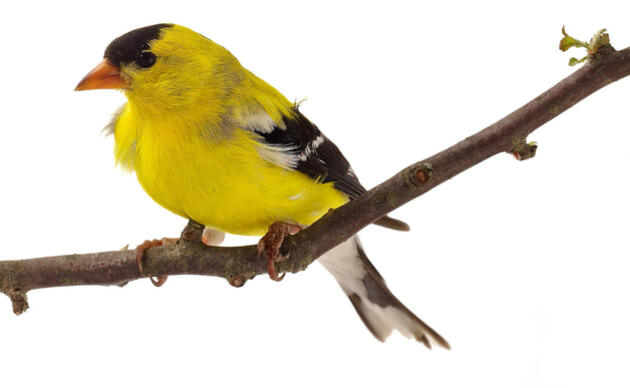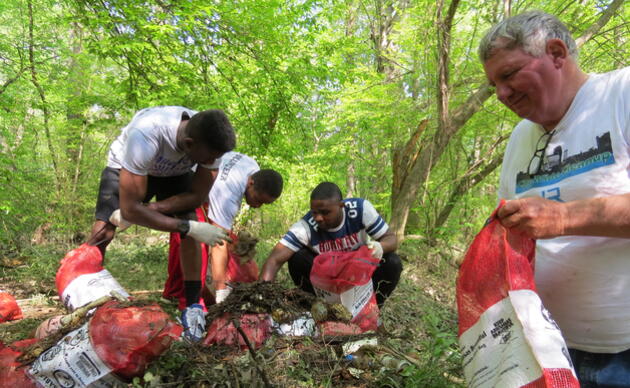LITTLE ROCK, Ark. — Audubon Arkansas’s community science project to monitor and document dicamba herbicide symptoms on native and ornamental plants reveals that dicamba’s off-target impact is widespread in both geographic scope and types of species afflicted. Audubon staff and trained volunteers made 243 observations of apparent dicamba symptomology on a variety of plants across 17 eastern Arkansas counties during June-August. Plant species impacted – including sycamore, oak, redbud, muscadine, trumpetvine, and tuliptree – were growing on public lands such as university research farms, wildlife management areas, city parks, cemeteries, and many county and state roads.
“Most of the plants and places impacted by dicamba provide food and shelter for birds,” says Dr. Dan Scheiman, Audubon Arkansas’s Bird Conservation Director and author of the report. He added, “Unfortunately, state natural areas, cemeteries, churchyards, and backyards are largely out of the purview of the Arkansas State Plant Board, despite being directly affected by their decisions concerning pesticide use.”
There are 13 instances where Audubon’s observations occur within two miles of where Plant Board inspectors collected pigweed tissue samples that tested positive for dicamba. This and the 198 dicamba misuse complaints received by the Plant Board so far are evidence that dicamba use was widespread this summer despite the May 25 cutoff.
Audubon Arkansas recommends that the Plant Board keep to its mission to serve both the regulated industries and the general public as it moves forward with its regulatory decisions on dicamba. Additional recommendations include establishing a temperature restriction instead of a date cutoff for spraying dicamba; monitoring and tissue sampling of native and ornamental plants by inspectors to more robustly assess off-target impacts; and establishing buffers for public recreation areas, private property, and other areas with sensitive plants that need protection from chemical trespass.
###
For more information and the full report visit http://ar.audubon.org/dicamba
For media inquiries contact Dr. Dan Scheiman at 501.244.2229, dscheiman@audubon.org.




